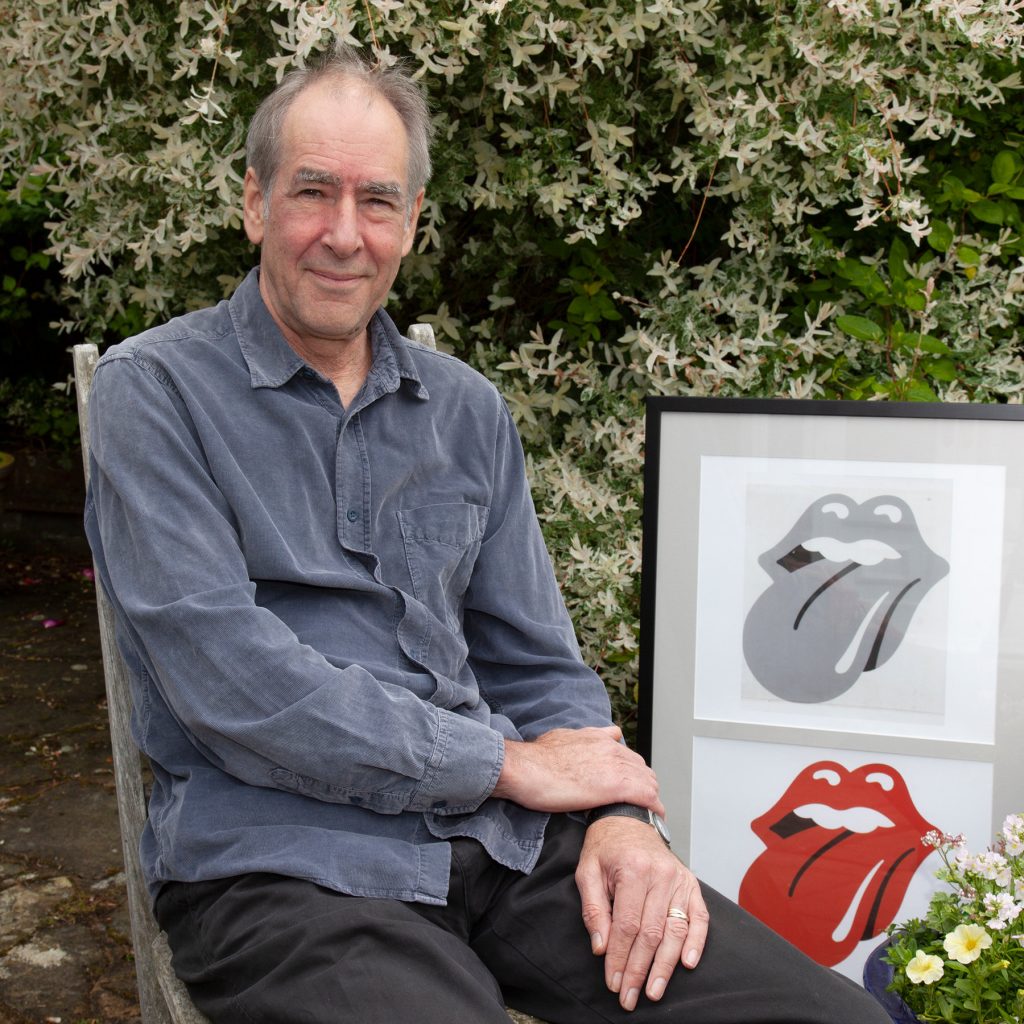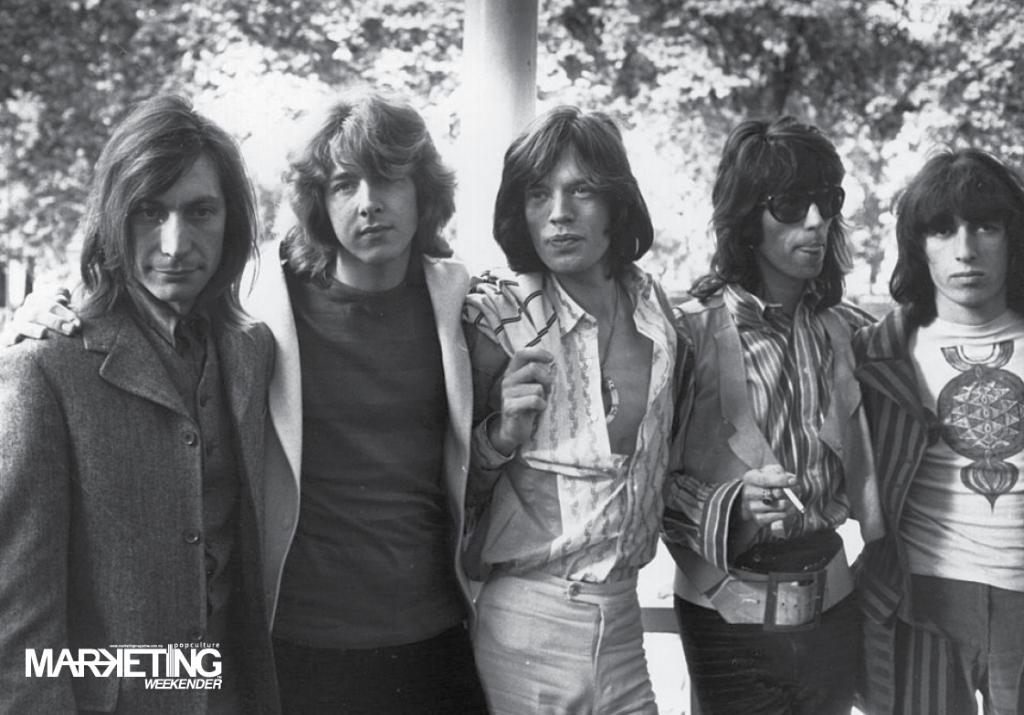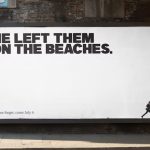“THE GREATEST B(R)AND OF THEM ALL! 1962-2022.: was first published in MARKETING WEEKENDER Issue 335
By Sandeep Joseph
This year the Rolling Stones mark their 60th Anniversary of belting out rock staples. From their humble origins in post-war England in the early sixties, chasing the coat-tails of the more successful Beatles, to becoming one of the largest selling acts of all time is a story of brand-building that’s worth analysing.
Disclaimer: am an unabashed fan, so add your own pinches of salt as needed.
THE IMPORTANCE OF PASSION:
The Stones were founded by Brian Jones, Mick Jagger and Keith Richards who then went out and convinced Charlie Watts, a jazz drummer, to join them. They played Chicago blues initially. They imitated the greats like Chuck Berry and Buddy Holly, re-recording their songs, and copying them. Eventually their passion for their heroes helped them develop their own interpretations of those classics like “Around and Around”, “Not Fade Away” and “Route 66”. And they started with a niche market: white musicians interpreting American black music and bringing it to an English audience. They built their brand not by being musical innovators, but by doing something they loved really well. Eventually the niche grew to be widely desired. Brands like Amazon and Tesla, two of the world’s most valuable companies, similarly began with a passion that may not have seen justifiable at the time. Sticking to a purpose you love has its merits.
FINDING A VOICE:
The Stones actually found it difficult to write their own songs in the beginning. Their first 5 singles and the bulk of their first two albums were composed of recycled hits of rock n roll pioneers.
They were even gifted a throwaway by the Beatles, when their friend John Lennon gave them “I wanna be your man” to record in their own messy way.
They did not have an original hit till 1965 and their most famous song “I can’t get (no) satisfaction”. But they stuck to it, doing whatever was necessary. Keith Richards talks about discovering the famous opening riff of Satisfaction while under the influence, and then falling asleep. Luckily the tape recorder was recording, and he played it back to Jagger the next morning. The song lyrics were written by Jagger in 10 minutes.
Over the years, as audiences and musical tastes changed, the Rolling Stones were often chasing or imitating others. They tried to match Sergeant Pepper’s concept album with their own psychedelic album and it sank like a, well, Stone.
Critics say the band would still struggle to find an original voice, across the years, but they became too big to fail. This is a challenge many brands face today: how do they stay relevant to changing times, and keep adapting? Perhaps there is merit in sticking to what you are good at, and getting better at it. Somehow the Stones have survived, by sticking to their core work that made waves in the first 20 years of their existence.
A STRONG differentiated IMAGE:
Perhaps the greatest strength of the Stones, beyond musicality, was their public image. In April 1963, a journalist friend recommended to a budding music manager, Andrew Loog Oldham, that he go check out a young R&B band called the Rolling Stones. Oldham saw potential in the group being positioned as an “anti-Beatles”— a rougher group compared to the “cuddly moptop” image of the Beatles at that time. He also made Jagger the frontman, encouraged them to grow their hair unlike the Beatles, and came up with the publicity line, “Would you let your daughter go out with a Rolling Stone?” He positioned them as bad boys, and it stuck.
He managed the band for 4 years, and eventually parted ways with the band acrimoniously. His lasting legacy was giving them an identity. The image of the band became the 2 leads: Jagger and Richards, and their yin yang relationship. Despite their personal conflicts, solo work and disagreement on whether they should accept knighthoods or not, they formed the look of the band that has endured for 60 years.
Furthermore, the Tongue logo of the band is the most iconic logo in music.

It was designed by the English art designer John Pasche in 1970. The logo has remained on all post-1970 albums and singles by the Rolling Stones, in addition to the band’s merchandise (from t-shirts to fire lighters) and their stage sets. Jagger did the briefing.
For the logo, Jagger had suggested the tongue of the Hindu goddess Kali. Pasche said at the time, “The design concept for the tongue was to represent the band’s anti-authoritarian attitude, Mick’s mouth and the obvious sexual connotations. I designed it in such a way that it was easily reproduced and in a style I thought could stand the test of time.”
A logo is usually just a logo: but it could also drive company imagery and convey the spirit of the brand. A third year Master’s Design student (Pasche) and an LSE dropout (Jagger) created an image more iconic than most ad agencies.
In the end, it’s only rock n roll, but the Stones have a lesson for all of us marketers, and I like it. Start it up!

Sandeep Joseph is the CEO and co-founder of Ampersand Advisory, a strategic media and data-driven consultancy. The company’s mission is “business results now!” and it has won numerous local and international awards. The views expressed here are the author’s own: you can debate with him at [email protected]
MARKETING Magazine is not responsible for the content of external sites.
After 20 years of evolving technology, shifting market trends, and adapting to changing consumer behaviour, the media landscape has nearly reached saturation.
We’ve optimised to the fullest, providing advertisers with abundant choices across technology, platforms, data-driven marketing, CTV, OTT, DOOH, influencer marketing, retail, etc.
Media specialists have diversified, but with more options comes the challenge of maintaining income growth. The industry is expanding, but revenue isn’t keeping pace.
Now, we’re at a TURNING POINT: time to explore and harness new sustainable revenue streams. While GroupM forecasts a 7.8% global ad revenue growth in 2024, challenges like antitrust regulation, AI and copyright issues, and platform bans persist.
Collaboration is key: partnerships that thrive on synergy, shared values, and aligned goals are becoming increasingly essential.
Hence, the Malaysian Media Conference, in its 20th year, has assembled the partners and players under one roof on October 25 for a day of learning, sharing, and exploring.
REGISTER NOW










